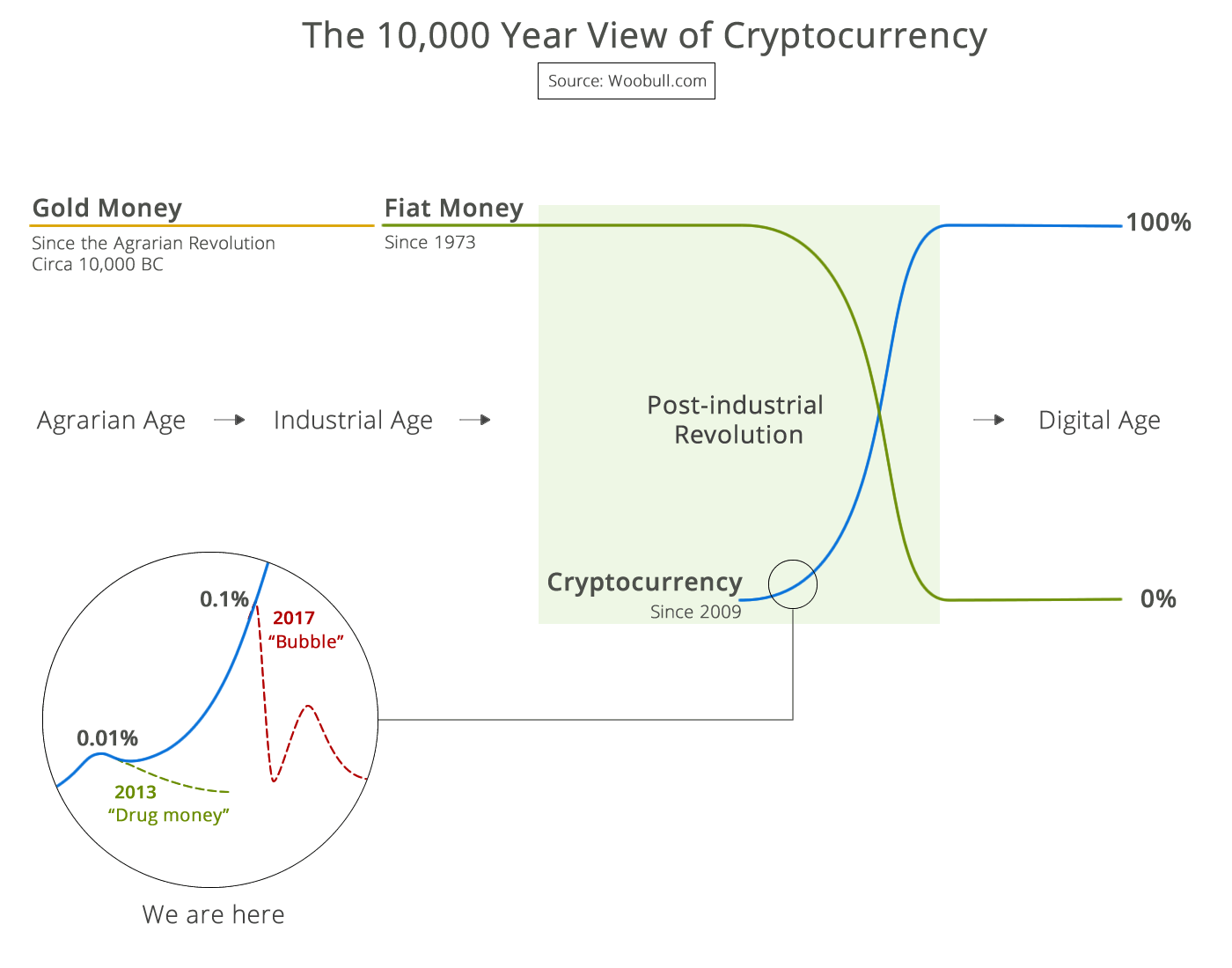Do customers want options, or do they want to be told what they need and then sold the solution?
Why would anybody want options? At most, options are on the path to a solution. But anybody who’s short on time doesn’t want to fondle around with the optoins. They just want an answer. When I have fun time, I play with Gentoo Linux. When I’m trying to get work done, I go to a more stable, packaged platform. I stay with Linux because Microsoft is answering someone else’s problem. In essence, they have not heard me and answered my wants (see below). I’m too unique of an individual for them to address, so my desire for pre-packaged answers tops about with Mandrake or Red Hat. The larger crowd continues along the scale to the “tell me what I need, then give it to me” position of Microsoft.
I just recently learned I want a desktop manager underneath my windows manager. I didn’t know this before. Sine 1997, the distro packagers were forcing this on me. They essentially told me I needed it, then gave it to me. Only by playing with Gentoo did I even realize I had a choice. Gentoo slid me back on the choose scale — but that’s a bit too much of a distraction this month while I’m busy with other life issues, so the Gentoo hard drive lays idle, while I’m running my Mandrake system.
As a government employee, I review a number of large dollar government grant proposals for technical topics. During the early phase of a contract, one company sent many emails and asked us what we wanted, asked us to prioritize option and feature lists, participate in design teleconferences, etc. I began to feel that we were his consultants to give the answers he was being paid to provide back to us. I didn’t want to be given options, which came across as no more than him tossing ideas on the table. Some good. Some bad. But mostly just counted up as a metric that may or may not be counted as a good thing.
That’s not what I want. I’m paying him to be an expert in the field or hire the experts in the field, learn my business, and then recommend ideas for approval. I’ll play safety and nix anything that’s headed down the wrong path, and sometimes push in the right direction if they need encouragement. Once I’ve approved the ideas, I want him to make them and provide them at a reasonable price.
People can only be told what they want if you’ve taken a lot of time to hear them, and understand their business and desires. That may be a good goal of any employee or contractor.

 99% of ICOs Will Fail
99% of ICOs Will Fail The 10,000 year view of cryptocurrency
The 10,000 year view of cryptocurrency